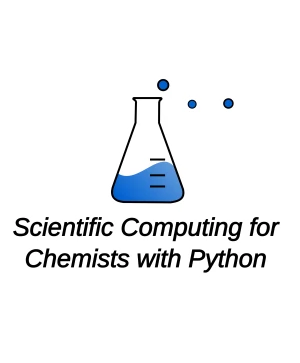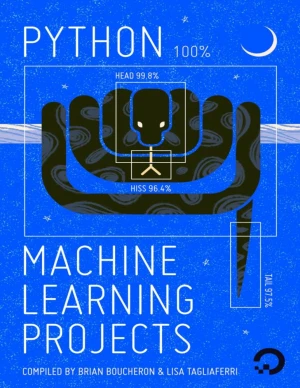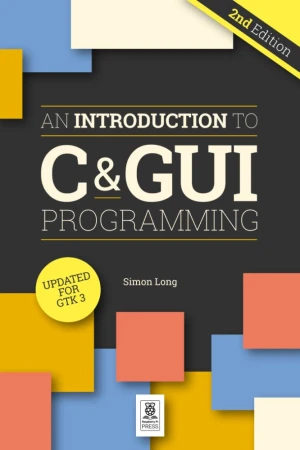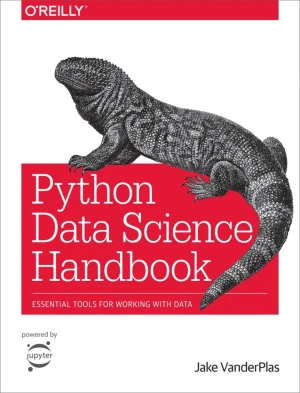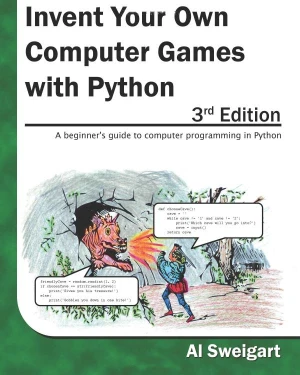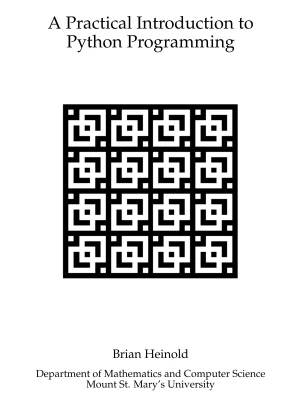An Introduction to Python Jupyter Notebooks
For College Math Teachers
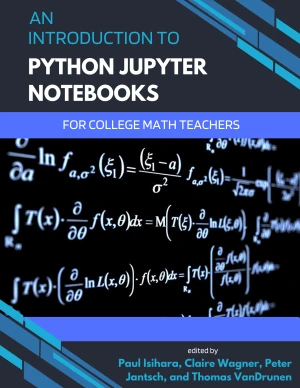
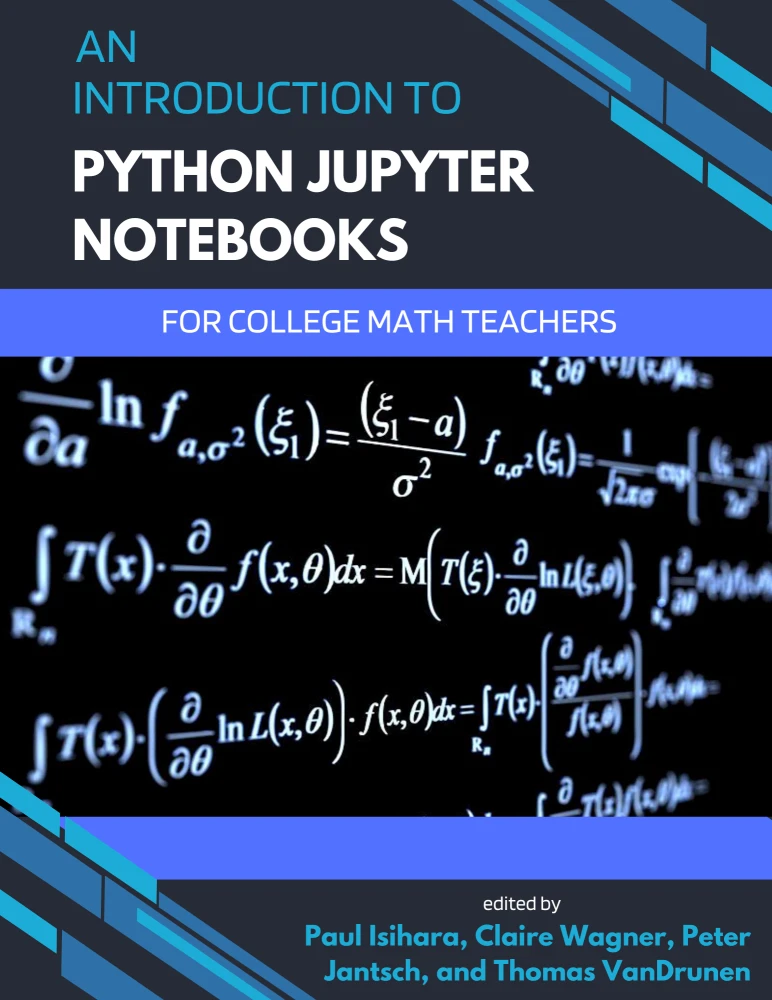
Book Details
| Authors | Paul Isihara, Claire Wagner, Peter Jantsch, Thomas VanDrunen |
| Published | 2024 |
| Edition | 1st |
| Paperback | 1191 pages |
| Language | English |
| License | Creative Commons Attribution |
Book Description
This book is an introduction to the use of Python Jupyter Notebooks (JNBs) for college math teachers and their students. Each chapter contains a JNB lab with solutions. Experienced teachers can modify these labs and create new labs tailored to their courses. The chapters were written by different authors/authorship teams, and as such, vary in style. Each chapter essentially can be read independently of the others as long as one has the pre-requisite mathematical knowledge. Some effort has been made to standardize the chapter formats, and the index may help the reader find specific topics of interest. There is virtually no limit to what can be done with JNBs, and we hope this work serves as a useful starting point for teachers and students to enrich and enliven the study of mathematics using this tool.
The JNBs used to create this book contain special markdown code which are needed to produce features such as indexing, referencing, and highlight boxes in the Jupyter Book. Some editing of a downloaded JNB may may make it more suitable for classroom use.
This book is available under a Creative Commons Attribution license (CC BY), which means that you are free to copy, distribute, and modify it, as long as you give appropriate credit to the original author.
If you enjoyed the book and would like to support the author, you can purchase a printed copy (hardcover or paperback) from official retailers.
Download and Read Links
Share this Book
[localhost]# find . -name "*Similar_Books*"
Scientific Computing for Chemists with Python
Scientific computing utilizes computers to aid in scientific tasks such as data processing and digital simulations, among others. The well-developed field of computational chemistry is part of scientific computing and focuses on utilizing computing to simulate chemical phenomena and calculate properties. However, there is less focus in the field of
Python Machine Learning Projects
As machine learning is increasingly leveraged to find patterns, conduct analysis, and make decisions - sometimes without final input from humans who may be impacted by these findings - it is crucial to invest in bringing more stakeholders into the fold. This book of Python projects in machine learning tries to do just that: to equip the developers
An Introduction to C & GUI Programming, 2nd Edition
Freshly updated for GTK3, the 2nd edition of An Introduction to C & GUI Programming will teach you all you need to know to write simple programs in C and start creating GUIs, even if you're an absolute beginner. The first half of the book is an introduction to C, and covers the basics of writing simple command-line programs. The second half shows h
Python Data Science Handbook
For many researchers, Python is a first-class tool mainly because of its libraries for storing, manipulating, and gaining insight from data. Several resources exist for individual pieces of this data science stack, but only with the Python Data Science Handbook do you get them all - IPython, NumPy, Pandas, Matplotlib, Scikit-Learn, and other relate
Invent Your Own Computer Games with Python, 3rd Edition
Invent Your Own Computer Games with Python teaches you how to program in the Python language. Each chapter gives you the complete source code for a new game, and then teaches the programming concepts from the examples. Games include Guess the Number, Hangman, Tic Tac Toe, and Reversi. This book also has an introduction to making games with 2D graph
A Practical Introduction to Python Programming
This book originated as approximately 30 pages of notes intended for students in the author's introductory programming class at Mount St. Mary's University. Recognizing that most of these students had no prior programming experience, the author tailored his approach accordingly. He consciously omits many technical details and occasionally oversimpl

